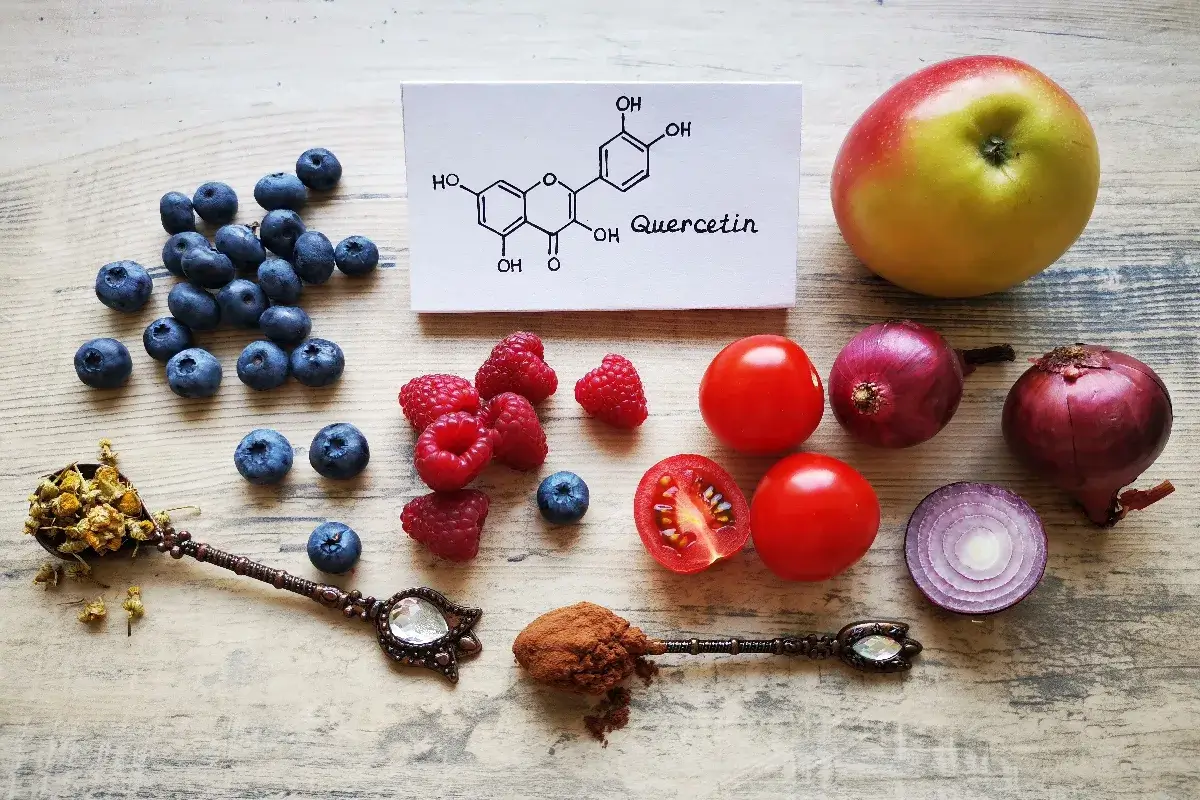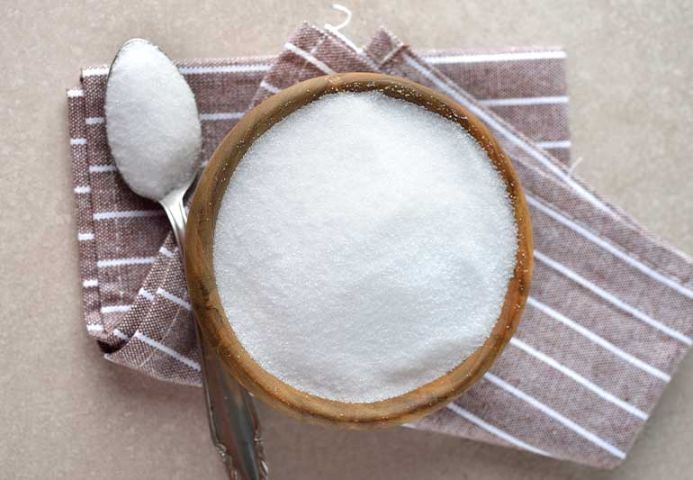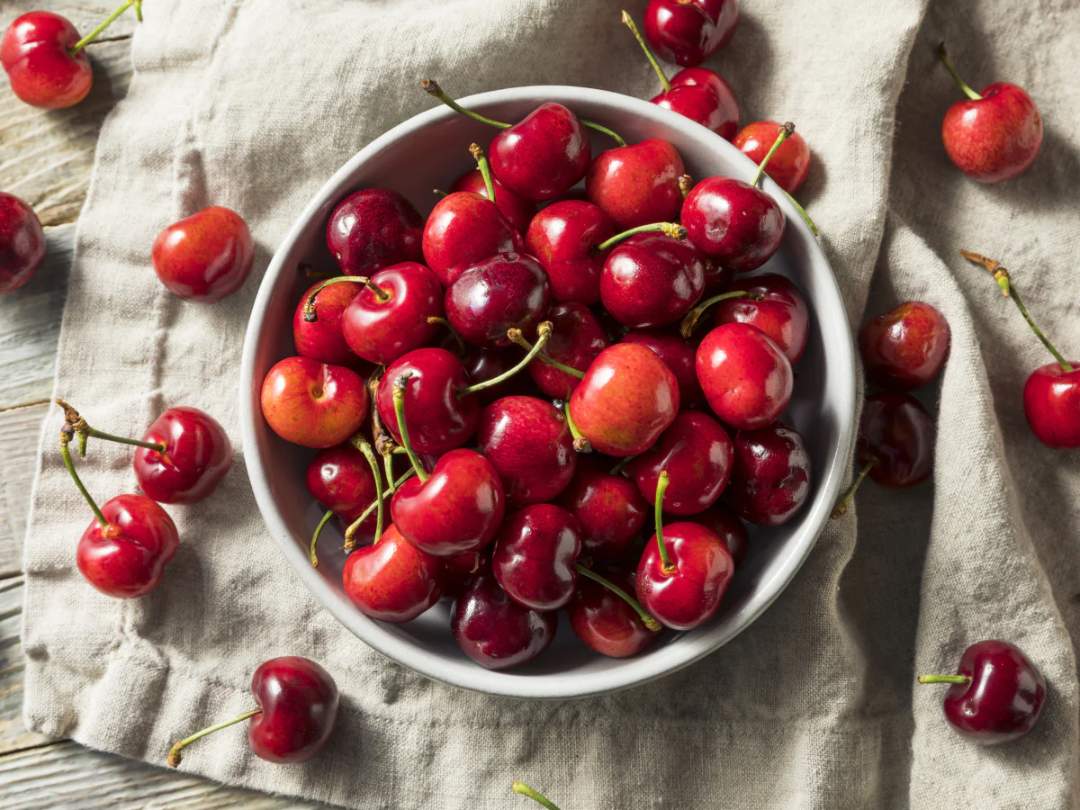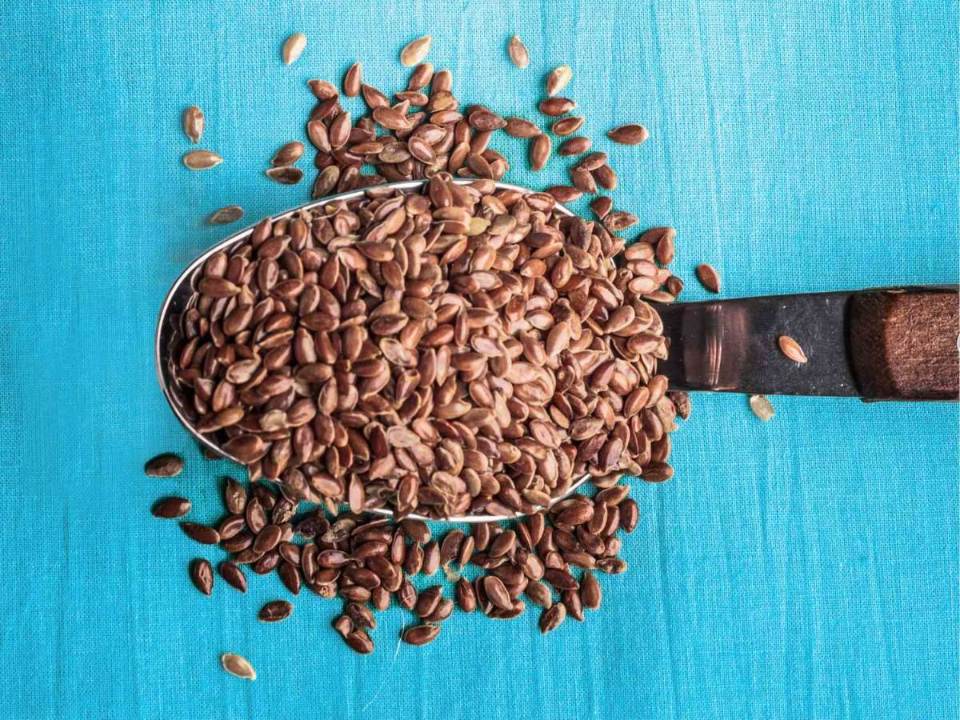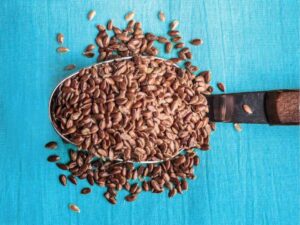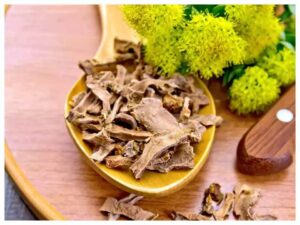The Discovery of Quercetin: A Serendipitous Finding
Uncovering a Hidden Compound
The discovery of quercetin, a flavonoid with numerous health benefits, was a serendipitous finding that occurred in the early 20th century. In 1913, Nobel laureate Albert Szent-Györgyi was studying the nutritional properties of plants and came across an unknown substance that he referred to as “vitamin P.” He noticed that this substance had a yellow color and a bitter taste, and was present in various fruits and vegetables.
It wasn’t until several years later, in 1936, that this mysterious compound was finally identified and named quercetin, after the Latin word for oak, Quercus, from which it was originally extracted.
The Isolation and Characterization of Quercetin
The isolation and characterization of quercetin was a complex process that involved numerous chemical and biochemical techniques. It took several decades for researchers to fully understand the chemical structure and biological activity of this compound.
One of the key breakthroughs came in the 1950s, when researchers were able to use X-ray crystallography to determine the three-dimensional structure of quercetin. This allowed them to identify the specific atoms and bonds that give quercetin its unique properties.
The Health Benefits of Quercetin
Since its discovery, quercetin has been the subject of numerous studies investigating its health benefits. It has been shown to have potent antioxidant and anti-inflammatory properties, which may help protect against a variety of chronic diseases.
Quercetin has also been found to have immune-boosting effects, and may help improve exercise performance and recovery. Additionally, it may have anti-cancer properties, and has been investigated as a potential treatment for various types of cancer.
The Role of Quercetin in Plants
Quercetin is a flavonoid that is found in a variety of plants, including apples, onions, berries, and citrus fruits. It is thought to play a role in protecting plants against environmental stressors, such as UV radiation and pathogens.
In plants, quercetin is often found in the form of glycosides, which are modified versions of the compound that are more stable and water-soluble. When humans consume quercetin-containing foods, the glycosides are broken down by enzymes in the gut, releasing the active form of the compound.
Quercetin in the Body
Once absorbed into the body, quercetin is rapidly metabolized and distributed throughout various tissues. It has a relatively short half-life, with most of the compound being eliminated from the body within a few hours.
Despite its short lifespan in the body, quercetin has been found to have numerous health benefits, including antioxidant, anti-inflammatory, and immune-boosting effects. It may also help improve cardiovascular health, and has been investigated as a potential treatment for various types of cancer.
Conclusion
The discovery of quercetin was a serendipitous finding that occurred over a century ago. Since then, researchers have made significant progress in understanding the chemical structure and biological activity of this compound.
Quercetin has been found to have numerous health benefits, and is present in a variety of plant-based foods. While more research is needed to fully understand the mechanisms underlying its health-promoting effects, there is growing evidence to suggest that quercetin may be a valuable tool in the prevention and treatment of chronic diseases.

The Health Benefits of Quercetin: A Comprehensive Overview
Anti-inflammatory Effects
Quercetin has been found to have potent anti-inflammatory effects, which may help protect against chronic diseases such as heart disease, diabetes, and cancer. It works by inhibiting the activity of inflammatory molecules in the body, such as cytokines and prostaglandins.
In a study published in the Journal of Nutrition, researchers found that supplementing with quercetin for 12 weeks significantly reduced markers of inflammation in overweight and obese adults. Another study, published in the International Journal of Sports Medicine, found that quercetin supplementation reduced inflammation and oxidative stress in athletes following intense exercise.
Antioxidant Properties
Quercetin is also a powerful antioxidant, which means it helps protect against oxidative damage caused by free radicals in the body. Free radicals are unstable molecules that can damage cells and contribute to the development of chronic diseases.
Studies have found that quercetin can increase levels of other antioxidants in the body, such as glutathione and vitamin C. In one study, published in the Journal of Agricultural and Food Chemistry, researchers found that quercetin was more effective than vitamin C in protecting against oxidative damage in cells.
Immune-Boosting Effects
Quercetin has been found to have immune-boosting effects, which may help protect against infections and other immune-related disorders. It works by enhancing the activity of immune cells, such as natural killer cells and T cells.
In a study published in the American Journal of Physiology, researchers found that quercetin supplementation increased the number and activity of natural killer cells in mice. Another study, published in the Journal of Nutrition, found that quercetin supplementation improved immune function in healthy adults.
Cardiovascular Health
Quercetin may also have cardiovascular benefits, such as reducing blood pressure and cholesterol levels. In a study published in the Journal of Nutrition, researchers found that quercetin supplementation significantly reduced blood pressure in overweight and obese adults.
In another study, published in the Journal of the American College of Nutrition, researchers found that quercetin supplementation improved cholesterol levels and reduced markers of inflammation in patients with high cholesterol.
Cancer Prevention
Quercetin has been investigated for its potential to prevent and treat cancer. It works by inhibiting the growth and spread of cancer cells, as well as inducing apoptosis (cell death) in cancer cells.
In a study published in the journal Cancer Epidemiology, Biomarkers & Prevention, researchers found that higher quercetin intake was associated with a reduced risk of colon cancer in women. Another study, published in the journal Carcinogenesis, found that quercetin inhibited the growth of breast cancer cells in mice.
Allergy Relief
Quercetin has also been investigated as a natural remedy for allergies, such as hay fever and asthma. It works by stabilizing mast cells, which release histamine and other inflammatory molecules in response to allergens.
In a study published in the Journal of Allergy and Clinical Immunology, researchers found that quercetin supplementation reduced symptoms of hay fever in adults. Another study, published in the journal Phytotherapy Research, found that quercetin supplementation reduced airway inflammation in asthmatic patients.
Exercise Performance and Recovery
Quercetin has been investigated for its potential to improve exercise performance and speed up recovery. It works by increasing blood flow and oxygen delivery to the muscles, as well as reducing inflammation and oxidative stress caused by exercise.
In a study published in the International Journal of Sports Nutrition and Exercise Metabolism, researchers found that quercetin supplementation improved endurance performance in trained cyclists. Another study, published in the Journal of Strength and Conditioning Research, found that quercetin supplementation reduced muscle damage and inflammation following eccentric exercise.
Anti-Aging Properties
Quercetin has also been investigated for its potential anti-aging properties. It works by reducing oxidative damage and inflammation, which are both key factors in the aging process.
In a study published in the journal Rejuvenation Research, researchers found that quercetin supplementation reduced markers of oxidative stress and inflammation in healthy older adults. Another study, published in the Journal of Photochemistry and Photobiology, found that quercetin protected against UV-induced skin aging in mice.
Neuroprotection
Quercetin has been investigated for its potential neuroprotective effects, which may help protect against neurodegenerative diseases such as Alzheimer’s and Parkinson’s disease. It works by reducing inflammation and oxidative stress in the brain, as well as improving blood flow and nutrient delivery to brain cells.
In a study published in the Journal of Alzheimer’s Disease, researchers found that quercetin supplementation improved cognitive function and reduced markers of inflammation in patients with Alzheimer’s disease. Another study, published in the Journal of Neurochemistry, found that quercetin protected against neurotoxicity in a mouse model of Parkinson’s disease.
Best Sources of Quercetin
Quercetin is found in many fruits, vegetables, and herbs, with some of the best sources including:
- Apples
- Onions
- Berries (such as blueberries, strawberries, and raspberries)
- Citrus fruits
- Broccoli
- Kale
- Red wine
- Green tea
While it is possible to get quercetin from dietary sources, supplementing with quercetin may be beneficial for certain health conditions. However, it is important to talk to a healthcare provider before starting any new supplement regimen.
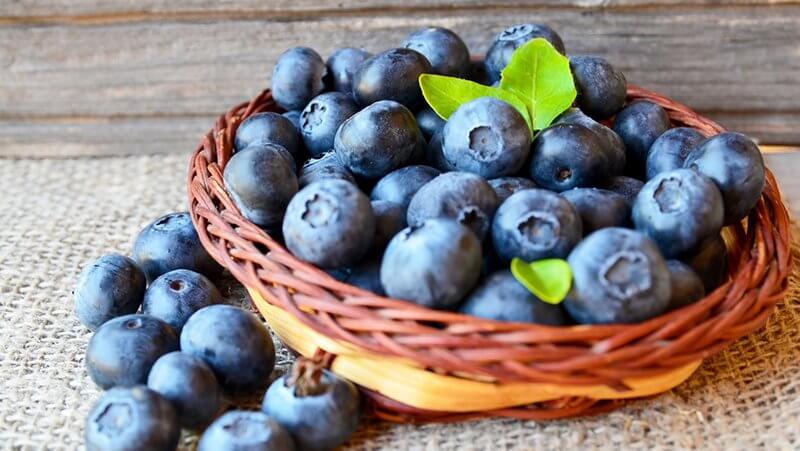
The Nutritional Components and Core Ingredients of Quercetin
Introduction
Quercetin is a flavonoid that is found in many plant-based foods, such as fruits, vegetables, and herbs. It is known for its numerous health benefits, including anti-inflammatory, antioxidant, and immune-boosting effects.
In this article, we will take a closer look at the nutritional components and core ingredients of quercetin, and how they contribute to the health-promoting properties of this compound.
Chemical Structure of Quercetin
Quercetin is a type of flavonoid, which is a subclass of polyphenols. Flavonoids are known for their antioxidant and anti-inflammatory properties, and are found in many plant-based foods.
The chemical structure of quercetin consists of two aromatic rings connected by a three-carbon bridge. It also has several hydroxyl groups, which contribute to its antioxidant and anti-inflammatory properties.
Sources of Quercetin
Quercetin is found in many plant-based foods, with some of the richest sources including:
- Apples
- Onions
- Berries (such as blueberries, strawberries, and raspberries)
- Citrus fruits
- Broccoli
- Kale
- Red wine
- Green tea
When consumed as part of a balanced diet, these foods can provide significant amounts of quercetin.
Nutritional Components of Quercetin
Quercetin itself is not considered a nutrient, as it is not essential for human health. However, it does have several nutritional components that contribute to its health-promoting properties.
One of the key nutritional components of quercetin is its antioxidant activity. It helps protect against oxidative damage caused by free radicals in the body, which can contribute to the development of chronic diseases.
Quercetin also has anti-inflammatory properties, which can help reduce inflammation in the body and protect against chronic diseases such as heart disease, diabetes, and cancer.
Core Ingredients of Quercetin
Quercetin is made up of several core ingredients, including:
- Quercetin-3-O-rutinoside: This is the most common form of quercetin found in foods. It is also known as rutin, and is often used as a dietary supplement.
- Quercetin-3-O-glucoside: This is another common form of quercetin found in foods. It is less stable than quercetin-3-O-rutinoside, but is still bioavailable.
- Quercetin-3-O-galactoside: This form of quercetin is found in smaller amounts in some foods, such as onions and apples.
Bioavailability of Quercetin
The bioavailability of quercetin varies depending on the food source and how it is prepared. In general, quercetin is better absorbed when consumed with fat, as it is a fat-soluble compound.
The bioavailability of quercetin is also influenced by the presence of other compounds in foods, such as fiber and tannins. These compounds can bind to quercetin and reduce its absorption in the gut.
Supplementing with quercetin can also improve its bioavailability, as the supplements are often formulated to enhance absorption.
Conclusion
Quercetin is a flavonoid that is found in many plant-based foods, with numerous health benefits. Its nutritional components, such as its antioxidant and anti-inflammatory properties, contribute to its health-promoting properties.
The core ingredients of quercetin, including quercetin-3-O-rutinoside, quercetin-3-O-glucoside, and quercetin-3-O-galactoside, play a role in the bioavailability and efficacy of this compound.
While more research is needed to fully understand the mechanisms underlying the health benefits of quercetin, there is growing evidence to suggest that it may be a valuable tool in the prevention and treatment of chronic diseases.
Consuming a diet rich in quercetin-containing foods, such as apples, onions, and berries, may be an effective way to obtain this compound. However, supplementing with quercetin may be beneficial for certain health conditions, particularly when combined with other compounds that enhance its bioavailability.
Overall, understanding the nutritional components and core ingredients of quercetin is important for fully appreciating the potential health benefits of this compound.


Methods for Consuming Quercetin
Dietary Sources of Quercetin
One of the most common ways to consume quercetin is through the diet. Quercetin is found in many plant-based foods, including:
- Apples
- Onions
- Berries (such as blueberries, strawberries, and raspberries)
- Citrus fruits
- Broccoli
- Kale
- Red wine
- Green tea
Consuming a diet rich in these foods can provide significant amounts of quercetin, along with other nutrients and compounds that contribute to overall health.
Quercetin Supplements
Another way to consume quercetin is through dietary supplements. Quercetin supplements are available in capsule, tablet, and powder form, and can be found in health food stores and online.
Quercetin supplements are often used to treat conditions such as allergies, asthma, and arthritis, as well as to promote overall health and wellness.
However, it is important to note that the quality and purity of quercetin supplements can vary widely, and some may contain other compounds or contaminants that could be harmful. It is important to choose a reputable brand and talk to a healthcare provider before starting any new supplement regimen.
Topical Applications
Quercetin can also be applied topically to the skin, either in the form of creams, lotions, or serums. Topical quercetin is often used to treat skin conditions such as eczema, psoriasis, and acne, as well as to reduce the signs of aging.
Topical quercetin may also be effective in reducing inflammation and redness caused by UV exposure and other environmental stressors.
Food Preparation and Cooking Methods
The bioavailability of quercetin can be influenced by the preparation and cooking methods used for foods that contain this compound.
For example, cooking onions and apples can increase the bioavailability of quercetin, as the heat breaks down the cell walls and releases the quercetin. However, boiling and microwaving can reduce the quercetin content of foods, as this compound is sensitive to heat.
Raw fruits and vegetables are generally the best sources of quercetin, as they contain the highest levels of this compound.
Combination with Other Compounds
Quercetin can also be combined with other compounds to enhance its bioavailability and efficacy. For example, quercetin supplements may be formulated with bromelain, a digestive enzyme found in pineapples that can improve the absorption of quercetin.
Quercetin may also be combined with other flavonoids, such as resveratrol and catechins, to enhance its antioxidant and anti-inflammatory properties.
Potential Side Effects and When to Avoid Taking Quercetin
Introduction
Quercetin is a flavonoid that is found in many plant-based foods, with numerous potential health benefits. While quercetin is generally considered safe for most people, there are some potential side effects and interactions to be aware of.
In this article, we will take a closer look at the potential side effects of quercetin, as well as when to avoid taking this compound.
Potential Side Effects
While quercetin is generally considered safe for most people, there are some potential side effects to be aware of. These include:
- Upset stomach: Some people may experience digestive issues, such as nausea, diarrhea, or stomach cramps, when taking quercetin supplements.
- Headaches: Quercetin supplements may cause headaches in some people.
- Allergic reactions: In rare cases, quercetin supplements may cause allergic reactions, such as hives, swelling, or difficulty breathing.
It is important to talk to a healthcare provider before starting any new supplement regimen, particularly if you have a history of allergies or digestive issues.
Interactions with Medications
Quercetin supplements may interact with certain medications, including:
- Blood thinners: Quercetin may increase the risk of bleeding when taken with blood thinners, such as warfarin or aspirin.
- Antibiotics: Quercetin may interfere with the absorption of certain antibiotics, such as ciprofloxacin and norfloxacin.
- Immunosuppressants: Quercetin may interfere with the effectiveness of immunosuppressant medications, such as cyclosporine.
It is important to talk to a healthcare provider before taking quercetin supplements if you are currently taking any medications.
When to Avoid Taking Quercetin
While quercetin is generally considered safe for most people, there are some cases where it may be best to avoid taking this compound. These include:
- Pregnancy and breastfeeding: There is not enough research to determine the safety of quercetin supplements during pregnancy and breastfeeding. It is best to avoid taking these supplements during these times.
- Children: There is not enough research to determine the safety of quercetin supplements in children. It is best to avoid giving these supplements to children.
- Kidney disease: Quercetin supplements may increase the risk of kidney damage in people with kidney disease. It is best to avoid taking these supplements if you have kidney disease.
- Liver disease: Quercetin supplements may increase the risk of liver damage in people with liver disease. It is best to avoid taking these supplements if you have liver disease.
- Surgery: Quercetin supplements may increase the risk of bleeding during and after surgery. It is best to stop taking these supplements at least 2 weeks before surgery.
It is important to talk to a healthcare provider before taking quercetin supplements if you have any underlying health conditions or are taking any medications.
Dosage Recommendations
There is no established recommended daily allowance for quercetin, as it is not considered an essential nutrient. However, most quercetin supplements provide doses ranging from 500 to 1000 mg per day.
It is important to follow the dosage recommendations on the supplement label, and to talk to a healthcare provider before taking higher doses.
The Drug Interactions of Quercetin
Antibiotics
Quercetin may interfere with the absorption of certain antibiotics, such as ciprofloxacin and norfloxacin. These antibiotics are used to treat bacterial infections, but their effectiveness may be reduced when taken with quercetin.
Quercetin can bind to minerals in the gut, such as magnesium and calcium, which can reduce the absorption of certain antibiotics. This can make the antibiotics less effective, and may increase the risk of antibiotic resistance.
If you are taking antibiotics, it is important to talk to a healthcare provider before taking quercetin supplements.
Immunosuppressants
Quercetin may interfere with the effectiveness of immunosuppressant medications, such as cyclosporine. These medications are used to prevent the rejection of transplanted organs, but they can also suppress the immune system.
Quercetin can stimulate the immune system, which may counteract the effects of immunosuppressant medications. This can increase the risk of rejection and other complications.
If you are taking immunosuppressant medications, it is important to talk to a healthcare provider before taking quercetin supplements.
Chemotherapy Drugs
Quercetin may interact with chemotherapy drugs, such as doxorubicin and etoposide. These drugs are used to treat cancer, but they can also damage healthy cells and tissues.
Quercetin may enhance the effectiveness of chemotherapy drugs, but it may also increase the risk of side effects. This can make chemotherapy less tolerable, and may reduce the effectiveness of the treatment.
If you are undergoing chemotherapy, it is important to talk to a healthcare provider before taking quercetin supplements.
Other Medications
Quercetin may also interact with other medications, including:
- Steroids: Quercetin may enhance the effectiveness of steroids, which can increase the risk of side effects.
- Statins: Quercetin may interfere with the metabolism of statins, which can increase the risk of side effects.
- Antihistamines: Quercetin may enhance the effectiveness of antihistamines, which can increase the risk of drowsiness and other side effects.
It is important to talk to a healthcare provider before taking quercetin supplements if you are taking any medications.
